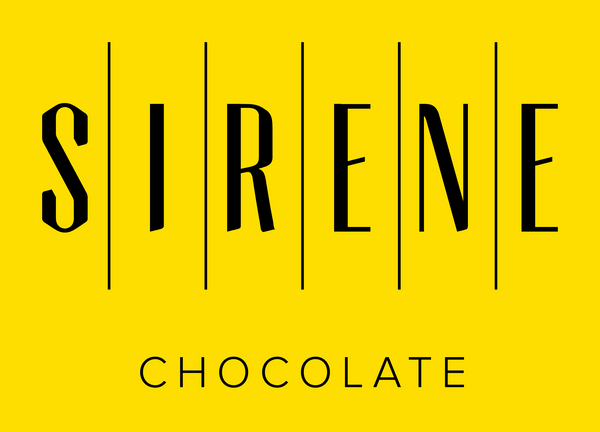Cacao
Cacao is the tree that makes all chocolate possible. Growing in a tropical belt 20° north and south of the equator all around the world, the fruit of the cacao tree produces the beans used to make chocolate. Learn a little more about the mysterious tree that evolved in the Amazon Rainforest and spread around the planet.
Cacao's Origins
Cacao is indigenous to the Upper Amazon Basin, where the Andean Mountain range insulated it from ice ages within a tropical bubble. It was originally used as an indigenous food for the Amazonian communities, as well as an ingredient in medicines and likely fermented drinks.
Through an elaborate indigenous trade system that stretched from South America up through Mesoamerica, cacao was traded and propagated from South America all the way up to southern Mexico.
The cacao tree can grow to 10-15m in the wild Amazonian jungle, but is typically kept to around 3m on a farm in order to maintain its productivity and the accessibility of its fruits.
The trees like a hot and humid environment with a healthy amount of rainfall.
Unlike most other trees and plants, the caco tree's flowers grow directly from the trunk, as well as from the branches. They are pollinated by tiny flies called "midges", but have also been known to be pollinated by other small insects.
Cacao Pods
Once the flowers are pollinated, a cacao pod begins to form, growing for roughly 4-5 months until it can be harvested. The pods have a thick outer husk that protects the sweet pulp and beans inside.
Cacao Beans
All chocolate around the world is made with the beans of the cacao fruit. The beans are encased in a sweet pulp within the pod which tastes similar to a citrus-y lychee fruit.
Once harvested, the beans are fermented and dried, then either shipped to chocolate makers to be turned into chocolate, or used locally for various products such as drinking chocolates, juice, and as a fruit.
